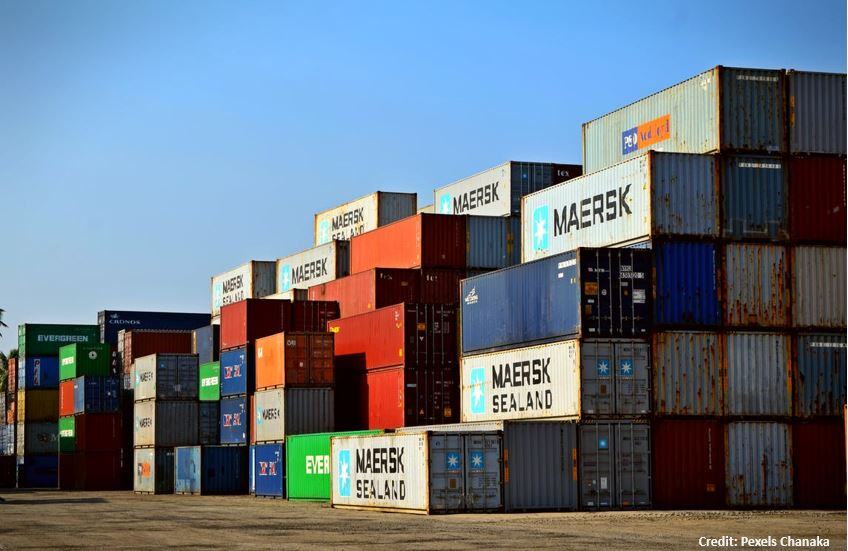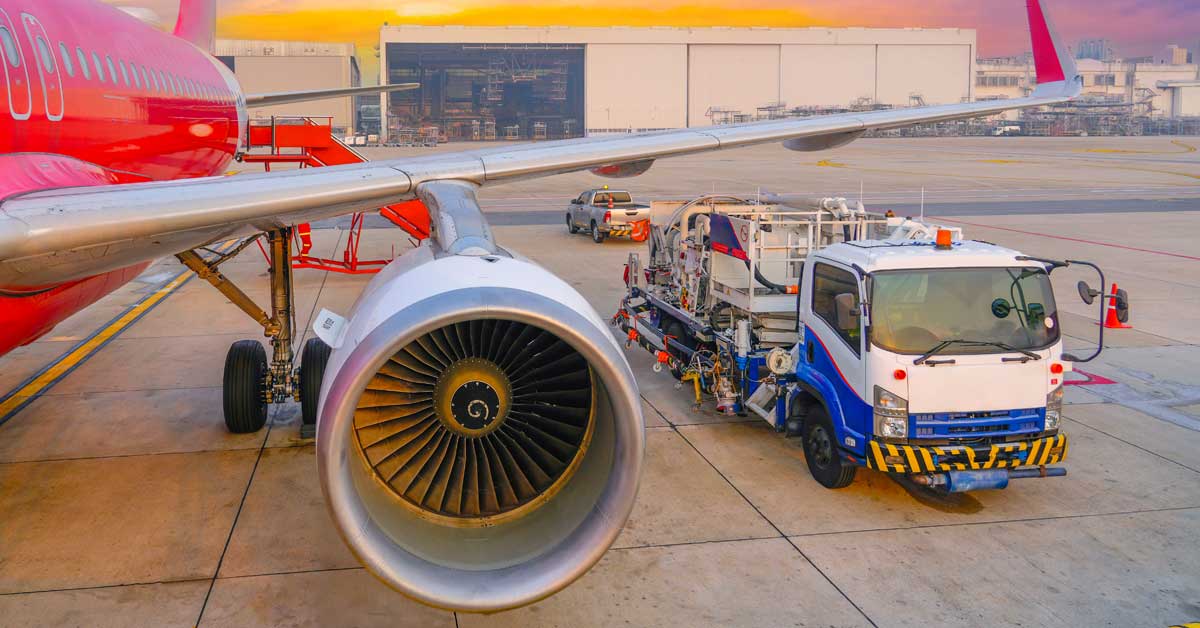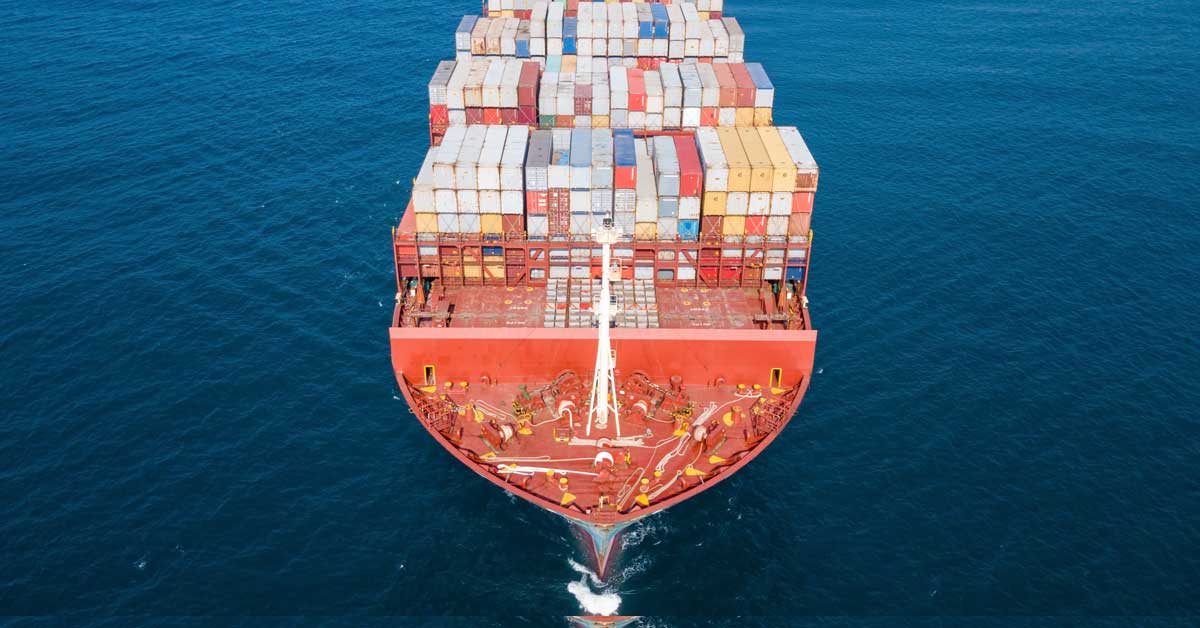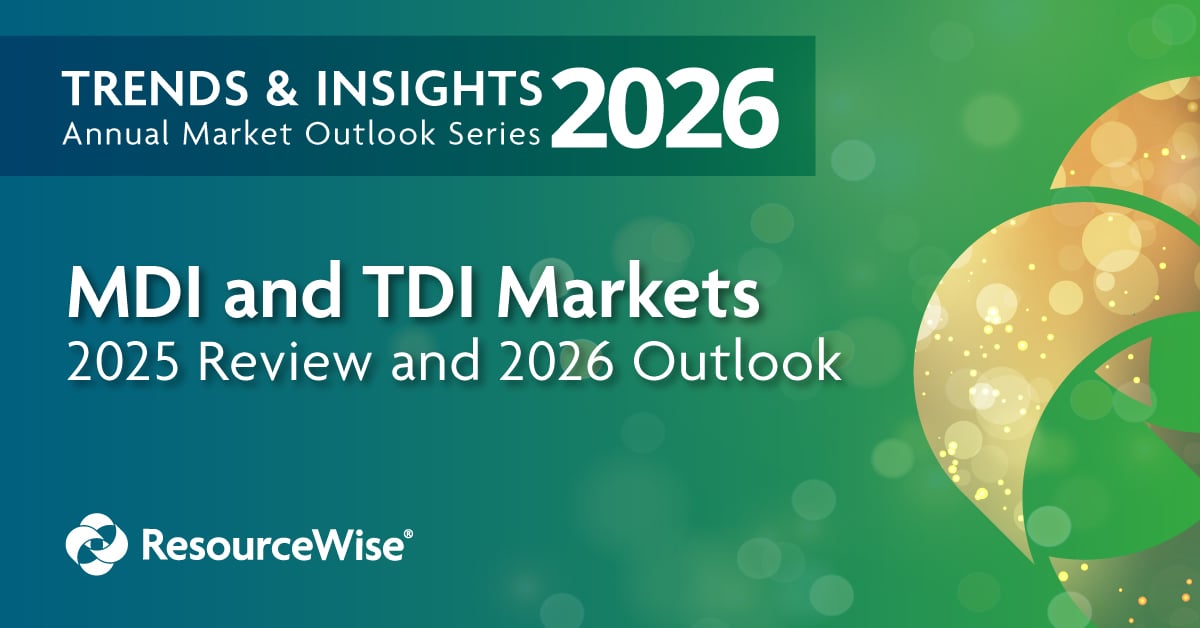6 min read
Barge, Truck or Train? Panama Ships and Supply Chains
 Jane Denny
:
Nov 28, 2023 12:00:00 AM
Jane Denny
:
Nov 28, 2023 12:00:00 AM

During a particularly poignant moment in Apple TV's drama series The Morning Show, UBA weatherman Yanko Flores defines El Niño. It is, he laments, “the harbinger that throws everything out of whack”.
Expect droughts, floods, storms and huge global events in the Peruvian weather phenomenon’s wake, he warns. And since El Niños often precipitate port closures, shipping delays and spiralling cargo costs, Flores might have added supply chain woe to his list of pending disruption.
The year of Flores’ fictional ‘Christmas Boy’ visitation (2021-22) was moderate. Unlike 1972/73 and late 1980s and 1990s occurrences. During those—like the most recent serious occurence of 2015/16— El Niño measurement indexes peaked at levels they've teetered on the edge of this autumn.
However, with global shipping half a century back around a third the size it is today, as per United Nations Conference on Trade and Development (UNCTAD) analysis, wider economic impact was less pronounced. The trickle-down effects of shipping disruption in a globalized trading world is keenly felt in the 2020s.
Today, the Panama Canal is more than a key cargo route for the US. It is estimated to handle around 5% of the world’s cargo trade. In terms of chemicals, 50 million metric tons were transported via the canal during the financial year 2021 to 2022, the third largest commodity after dry bulk and container ships. To put that Panama Canal Authority figure in perspective, it's as much in metric tons as China’s total output of the key chemical feedstocks caustic soda annually.
Without significant rainfall soon, daily slots will be cut to 18 by February 2024, which will significantly exacerbate the delays.
The canal runs at 18 metres (85 feet) above sea level and it needs supplies of water to fill the locks that lift ships up to that level. Each ship needs 200 million litres (53 million US gallons) of water for its passage. The water is supplied from reservoirs, but low rainfall this year has left them severely depleted.
The Panama Canal Authority announced in August prolonged transit restrictions due to a backlog of cargo vessels caused by the drought. According to Tecnon OrbiChem business manager Javier Rivera, many vessels were forced to lighten their cargoes before passing. "Freight costs have risen ahead of the Christmas shopping season," reported Rivera in his September 2023 MEG ChemFocus report.
Reducing Passage Via the Panama Canal
From the start of November, the canal's authority set the maximum number of daily transits at 31, compared with the usual 36, he says. "And to conserve water, the maximum draft for vessels using the neo-Panamax locks has been set at 44 feet, versus 50 feet last year.
 "There appears to be no end in sight to the drought restrictions with the approach of another dry season from this December to May 2024. It coincides with the peak season for traffic along the canal in the fourth quarter.
"There appears to be no end in sight to the drought restrictions with the approach of another dry season from this December to May 2024. It coincides with the peak season for traffic along the canal in the fourth quarter.
"There is now a strong focus on bookings which means there will be tougher competition for reservation slots, as transit availability for non-booked vessels will be very limited. Around 70% of vessels using the canal are within the 44-foot draft restriction, but larger container vessels have had to use the canal’s multi-modal system with ship-to-shore transfer for part of their cargo for onward transport by land in order to make the passage.
"The present situation has led to increased waiting times of up to 10 days mostly for vessels without reserved transit slots—up from the usual five-day wait—with as many as 135 ships stuck in queues at both ends of the key waterway versus around 90 normally, resulting in shipping delays and higher costs,” Rivera adds.
How El Niño Impacts Panama Canal LNG Cargoes
As the lack of rainfall underpinning this latest El Niño continues to cause the worst drought in decades, reservation slots for transporting goods along the route have been cut. Without significant rainfall soon, the strategy is to reduce daily slots incrementally from 31 to 18 by February 2024. Such a move will significantly exacerbate the delays.
The canal's low water levels are particularly problematic for VLGC (very large gas carriers) vessels, which can measure up to 300 metres long. One knock-on effect of the severe drought is that liquid petroleum gas (LPG) ships were given a lower transit priority compared to liquid natural gas tankers and container ships.
This makes freight even more expensive for Asian buyers of propane and butane. The Panama Canal Authority holds ad hoc auctions for expedited crossings. This November saw the Eneos Group pay a record $4 million premium (in addition to the $400k transit fee) for a Japan-bound LPG tanker to jump the queue.
Chinese LNG in Light of Panama Disruption
Jared Angelo is a US-based gas market analyst for Brussels-headquartered cargo tracking and analytics provider Kpler. Angelo last week told Tecnon OrbiChem that US LPG supply is “very long with export facilities only utilising 60-70% of their capacity except for Euro Tank Terminal, Netherlands”.
US LPG prices are low and demand is up due to these low prices, but waning in the epicenter, China
Jared Angelo, gas market analyst at Kpler
“As such, US prices are low,” explains Angelo. “Demand is up due to these low prices, but waning in the epicenter, China. Economic models come out everyday talking about potential downgrades in economic forecasts for China.
| US to China Route | Timeframe |
| Panama Canal | 38 days |
| Suez Canal | 44 days |
| Cape of Good Hope | 48 days |
Source: Kpler
“There are plenty of VLGCs being released from shipbuilders every week. I think the current fleet and newbuilds will be able to handle any extreme cases in Panama Canal conditions. However, the increase in tonne-miles will cause an increase in freight which will be passed on to consumers,” Angelo adds.
Crude Oil Logistics as a Potential Disruptor
Tecnon OrbiChem founder and senior advisor Charles Fryer points to the Israel-Hamas war bringing added urgency to the rescheduling and rerouting of supertankers shipping crude oil around the world. "This was a process started by the Russia-Ukraine war," says Fryer.
European countries are sourcing increasing supplies of crude oil from West Africa and the US. The move is to reduce reliance on Middle East sources, which in any case are cutting back production rates.
Shipowners are attracted to the favourable freight rates and reliable business from VLCCs (very large crude carriers) on the Atlantic trade and are reducing commitment to the shorter hauls from the Arabian Gulf (AG) to East Asia.
Geopolitical Issues Trigger Triangulation Routing
The disruption in ship movement patterns has led to an increase of rates, and a move to triangulation routes. What this means is that ships are starting with an Arabian Gulf-West voyage followed by a West to East trip and then East-AG return.
"Such disruption has led to a recent spike in rates, particularly from the Arabian Gulf to East Asia," Fryer adds.
Shipping Delays from the US to China
Tecnon OrbiChem's China-based olefins, polyolefins, ethylene glycols, ethylene oxide and derivatives consultant Terry Li highlighted Panama Canal problems in August.
 Li's inputs to the chemicals data intelligence platform OrbiChem360 showed Panama Canal problems postponed September's US to China monoethylene glycol (MEG) vessel arrangement.
Li's inputs to the chemicals data intelligence platform OrbiChem360 showed Panama Canal problems postponed September's US to China monoethylene glycol (MEG) vessel arrangement.
When news of the MEG shipping delay emerged, El Niño's chances of peaking 'strong' during winter 2023 had been public just a handful of weeks. Since then however, Li's market reports have reflected further impact on US-produced ethane and ethylene shipments bound for China.
"Cheap US shale gas costs make these products attractive to Chinese buyers due to their competitive price points. However, with transportation delayed and expensive as Panama Canal issues continue, these market flows have been disrupted,' Li adds.
EDC and PVC Markets Impacted by Panama Canal
 Fellow Chinese consultant Carol Li has reported limited movements of PVC and ethylene dichloride (EDC) from the US to Asia. An expert in chlor-alkali and vinyls materials and markets, Li explains that the chlorinated hydrocarbon EDC is used to produce vinyl chloride monomer—a major precursor for producing PVC.
Fellow Chinese consultant Carol Li has reported limited movements of PVC and ethylene dichloride (EDC) from the US to Asia. An expert in chlor-alkali and vinyls materials and markets, Li explains that the chlorinated hydrocarbon EDC is used to produce vinyl chloride monomer—a major precursor for producing PVC.
"It is expected that PVC and EDC trade from US to Asia through Panama Canal would remain restricted after the Panama Canal authority announced prolonged traffic restrictions," Li adds.
Stateside Logistics Remain Largely Stable
However, Europe-based consultant Ben Edmunds pointed to US logistics remaining largely stable as the economy prepared itself for 2023's final quarter.
Edmunds, who covers orthoxylene (OX) and phthalic anhydride markets in Europe and the US, highlighted continued disruption to deliveries due to Illinois River lock and river closures. The Illinois River is the primary transportation method for OX in the US, according to Edmunds.
 Work to maintain the Illinois River, which began in June 2023, was fully on track for completion as Q4 began. "However, reports of low water levels in the Mississippi River during fall was a potential cause for concern once the barge routes re-open.
Work to maintain the Illinois River, which began in June 2023, was fully on track for completion as Q4 began. "However, reports of low water levels in the Mississippi River during fall was a potential cause for concern once the barge routes re-open.
"Customers impacted by the closures were operating from high feedstock inventories accumulated in H1 2023, only ordering supplementary volumes by truck or rail as and when needed.
"Both trucking and rail operations continued to run smoothly—in contrast to what was observed in 2022—seemingly due to the harsh economic environment and the resulting drop in demand for overall logistics," Edmunds explained.
More than 40 ports that handle the transportation of over two billion tons of US international and domestic cargoes will be upgraded.
Funding Future Multimodal Cargo Transportation
 Reports of disruptions to acetone supply chains also emerged in light of the Mississippi River's low water levels. From our Poland-based expert Jaroslaw Cienkosz comes news that producers along the river have experienced delays with raw material deliveries by barge.
Reports of disruptions to acetone supply chains also emerged in light of the Mississippi River's low water levels. From our Poland-based expert Jaroslaw Cienkosz comes news that producers along the river have experienced delays with raw material deliveries by barge.
Some light at the end of the tunnel may come from an announcement of US$653 million funding by US President Biden earlier this month. Given that over two billion tons of US international and domestic commerce is transported along its waterways, plans to upgrade 41 ports will be welcomed by all that rely on them.
The cash injection will ensure "goods move reliably and in greater quantities, strengthening supply chain resiliency across all modes of transportation" according to the US Department for Transportation press release.
As the chemical sector and its downstream look to 2024, there will be hopes that both customer demand—and capacities to ship cargoes—show significant improvement.
Truck or Train Transportation Options...
But in case the waterways present too many challenges, it's worth considering the rail system in the US at least. In the year pre-Covid, rail accounted for approximately 28% of the total US freight movement by ton-miles. (Note that calculations here and below are based on the US short ton: 2000 pounds/907.18 kg)
A Department of Transportation calculation based on movement via rail in 2018 showed that 1.7 trillion ton-miles of freight was transported via the country's railway tracks. The figure is calculated by multiplying shipment weight in tons by the number of miles that it is transported. Trucks meanwhile, were reported to have moved almost 11.5 billion tons of freight around the US in 2022. According to the American Trucking Associations, that figure is up from 10.9 billion tons in 2021.
Earlier this year we explored rising freight rates for caustic soda. Read the blog post Caustic Soda Endures Freight Cost Premium But For How Long?




